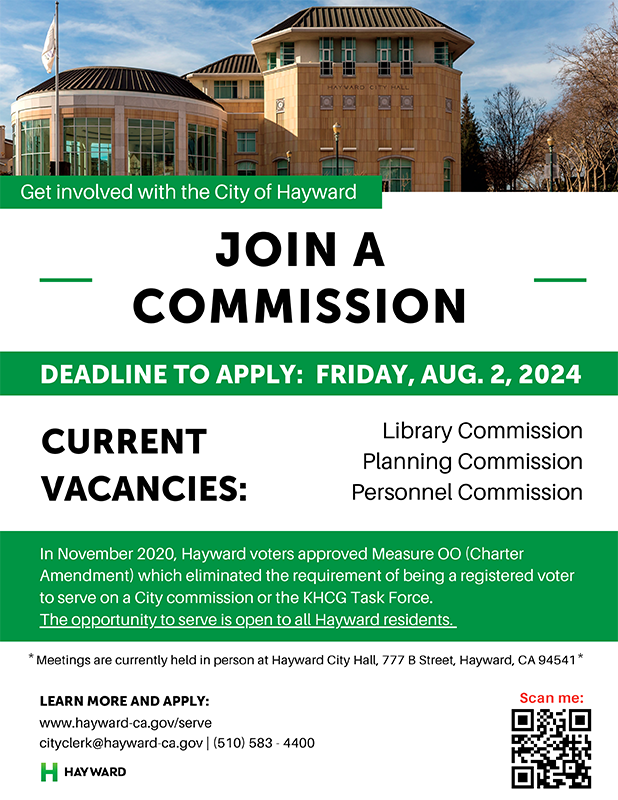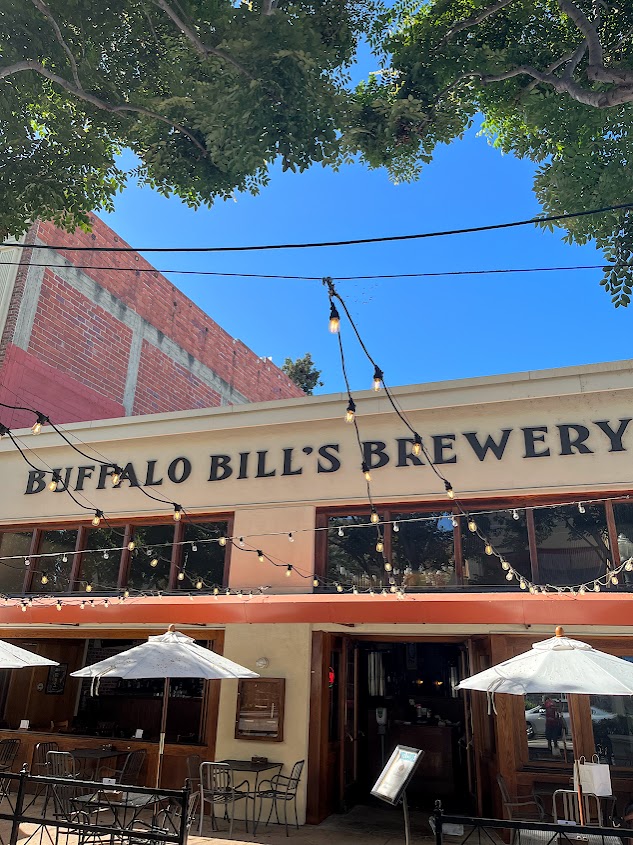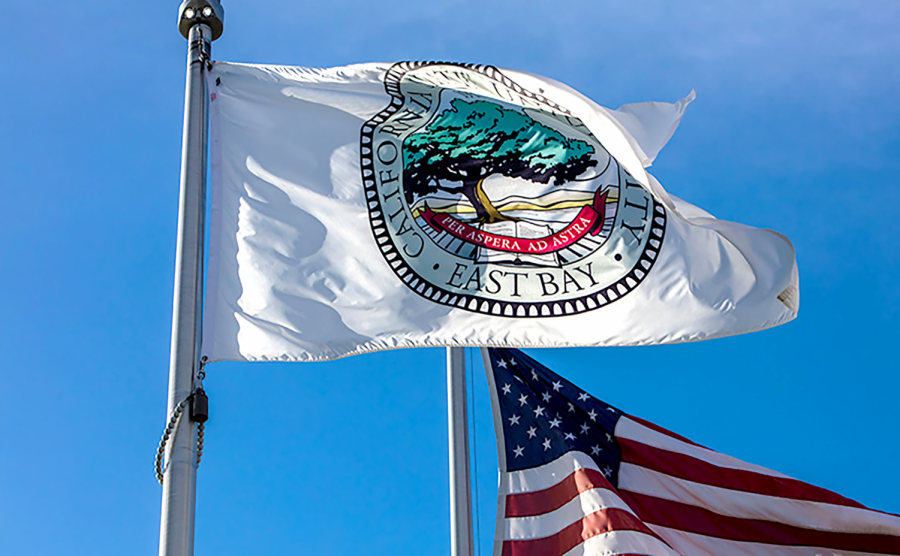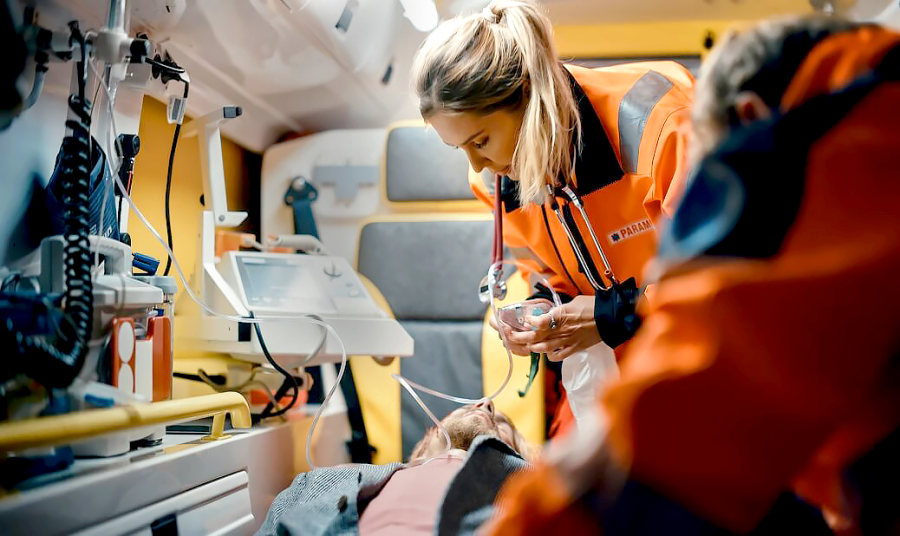Multinational aerospace and defense corporation Boeing signed off on a contractual agreement with All Nipon Airways (ANA) to deliver the first of many 787 Dreamliner model airplanes to the airline last week.
This agreement marks a potentially revolutionary change to the industry as the technologically advanced 787 begins to enter the market.
For CSU East Bay students, the Dreamliner represents a small transformation that will eventually have a direct impact on how we travel, how much it costs, and what we expect from our travel experience.
The American company stated in a recent press release that, “The Boeing 787 Dreamliner is an all-new airplane featuring a host of technologies that provide exceptional value to airlines and unparalleled levels of comfort to passengers.
It is the first mid-size airplane capable of flying long-range routes, enabling airlines to open new, non-stop routes preferred by the traveling public.”
Boeing claims the Dreamliner will reduce fuel usage by 20 percent in comparison to similarly sized aircrafts, which will enable it to travel further and reduce cost of flight.
This is due to the more than 50 percent of composite materials utilized in the construction of its fuselage in the place of more generally used aluminum materials to help lighten the plane.
Concurrently, the technological advancements in the fuselage, an aircraft’s main body, allow for the plane to sustain greater amounts of air pressure.
According to USA Today, this means the airplane can keep cabin pressure at the level found 6,000 feet above sea level as opposed to the industry standard 8,000 feet above sea level, making the cabin pressure substantially more comfortable for travelers.
From the “once every five years” travelers at CSUEB like Erika Fernandez and Yolanda Gutierrez, both of whom are from Southern California, to the American Language Program (ALP) students like Hyunjung Noh, who has to travel to and from Korea frequently, many students rely on air travel at some point in their lives and should benefit from the new technology.
While cost savings from fuel efficiency might not get directly transferred to CSUEB students who travel, students should eventually see the improvements in comfort the 787 intends to deliver upon.
One of the biggest complaints found among students on campus about flying was how uncomfortable seating arrangements can be.
“The seats are not comfortable. [They are] small and narrow,” said Noh, referring to a flight she had on Delta Airlines.
Recently graduated CSUEB alumnus Rafae Khan tends to be comfortable on airplanes as a frequent flier.
However he did say, “[Airlines are] decreasing the size of the chairs, you know, from 2-3-2 it went to 3-4-3. So, it kind of gets tighter when you are flying economy.”
While the seats on the 787 may not get much bigger than regular economy class flights, it will be roomier overall in comparison to most planes of its size.
According to Boeing, while the Dreamliner seats anywhere from 200-300 passengers, it is up to the airline to set the final seating chart.
The plane will feature larger windows and more overhead space in an attempt to reduce the crowded feel of other planes.
Using mostly composite materials in place of aluminum will bring the added benefit of being able to increase cabin humidity that would otherwise be impossible on other planes, as composite materials are not subject to the same deterioration aluminum faces at higher humidity levels.
For passengers who dislike the dry climate of most planes, the 787 will provide a more humid and comfortable in-flight environment.
Depending on how airlines use the fuel savings, the Dreamliners could also eventually help lower tickets prices for certain airfares, meaning students could potentially save on their air travel expenses.
“For an international flight I spend between $1,700 and $3,500 for roundtrip, depending on the class,” said Khan, who also tends to spend between $250 and $300 for domestic flights. Some of these prices could drop with further advancements in airplane technology.
Unlike BART, the Dreamliner is also supposed to be much quieter than the average airplane because of the improved design.
“My lawnmower is louder than the 787,” tweeted an enthusiast who saw the plane land in Oshkosh, Wisconsin.
Despite long delays in the completion of the first Dreamliner due to problems in the globalized production chain used by Boeing, the first planes in the U.S. will be available for operation by United Airlines in the second half of 2012, according to a report by The Associated Press.
According to a representative of Boeing, the company will begin to produce ten planes each month by 2013 in order to fulfill their order backlog.
Currently, 821 planes have been ordered from Boeing, a number that illustrates the excitement the plane has generated.
Some of the larger orders have come from airlines like ANA, Virgin Atlantic, United Airlines, Singapore Airlines, Qatar Airways, LAN Airlines, China Eastern, British Airways, Air India, Air Canada and many more.
The excitement over the delivery of the first plane to ANA also briefly raised Boeing’s stock on the NYSE by 2.56 percent to $63.60, according to Reuters, although since then the stock has dropped back to $60.51 on the NYSE.
The 787 Dreamliner promises to change the way we fly with its technological superiority that remains to be tested in the field by commercial airlines, though most students will not benefit from the plane until United Airlines starts using them in 2012.












